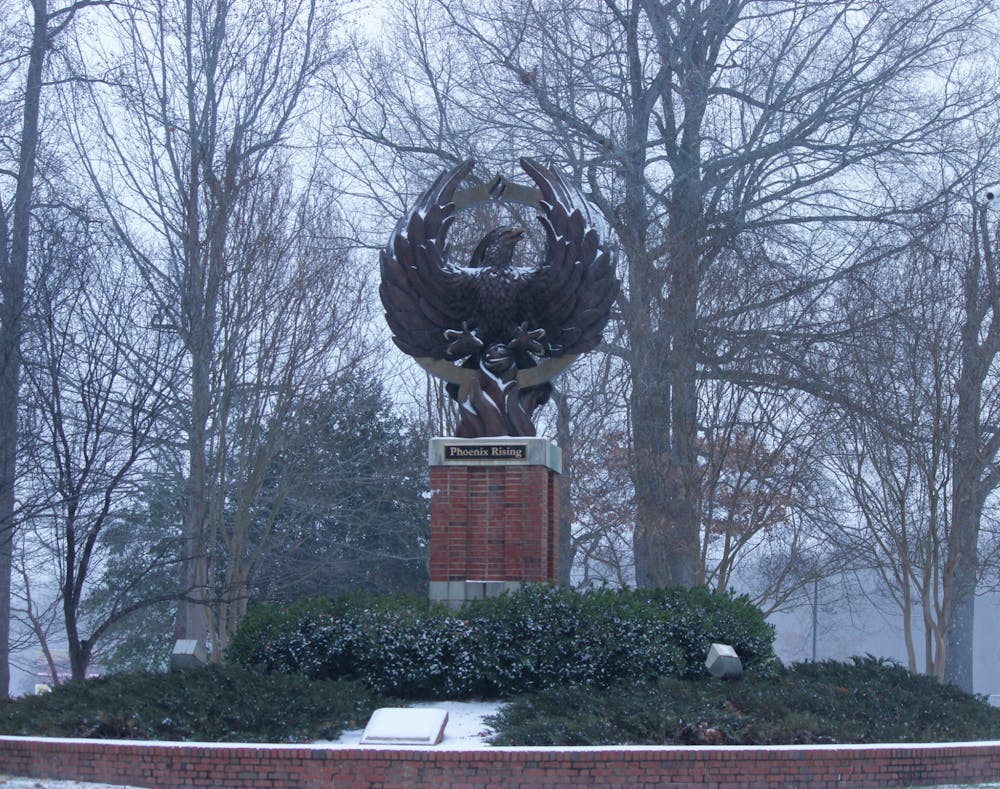The Colonial Athletic Association announced the addition of three new schools on Jan. 25. The league will expand to 12 full-fledged schools beginning on July 1, 2022. Among the additions is Hampton University, the first HBCU to join the league.
Monmouth University and Stony Brook University will also join the conference. Stony Brook has been a football-only member of the CAA since 2012, but will now transition from the America East Conference to the CAA in all other sports.
The expansion follows James Madison University’s departure from the CAA to the Sun Belt Conference in November. The CAA will begin the 2022-23 year with 12 full-fledged members and 13 members for football.
Conference Commissioner Joe D’Antonio said in a press conference that the league evaluated several factors while considering potential new members during the expansion process.
“Facilities were certainly a factor, but we were keenly focused as we went through this process on institutions, having a geographical fit, having a strong academic background on reputation and being committed to investing not only in their student athletes, but the future success of their athletic program,” D’Antonio said.
Hampton will become the first HBCU to join the CAA. The university is currently one of two Division I HBCU schools that is not a member of the Metro Atlantic Athletic Conference or the Southwestern Athletic Conference.
Hampton University is located in Hampton, VA and is a private university that was founded in 1868. It will become the first HBCU to join the CAA. The university is currently one of two Division I HBCU schools that is not a member of the Metro Atlantic Athletic Conference or the Southwestern Athletic Conference.
“It's an incredible academic institution,” D’Antonio said. “It is on the upswing athletically, and it provides a tremendous fit for the vision that they have and the vision that the CAA has going forward.”
Monmouth University is located in New Jersey and Stony Brook University is situated in New York.
D’Antonio said discussions are ongoing regarding whether the conference will create two divisions for its 13 football members based on geography, but said it plans to continue with an eight game conference schedule.
Further expansion for the conference is still a possibility and D’Antonio said there is no specific number of members the conference is looking to reach.
“Any and all options that may be available. We're not specifically tied to any one number or any one scenario, but what we are tied to is the welfare of our student athletes and continuing to try to improve our programs on a daily basis and our programs within our, within the conference of all of our member institutions,” D’Antonio said. “We’re excited for what the future holds.”
--
Joseph Navin contributed to the reporting of this story.


